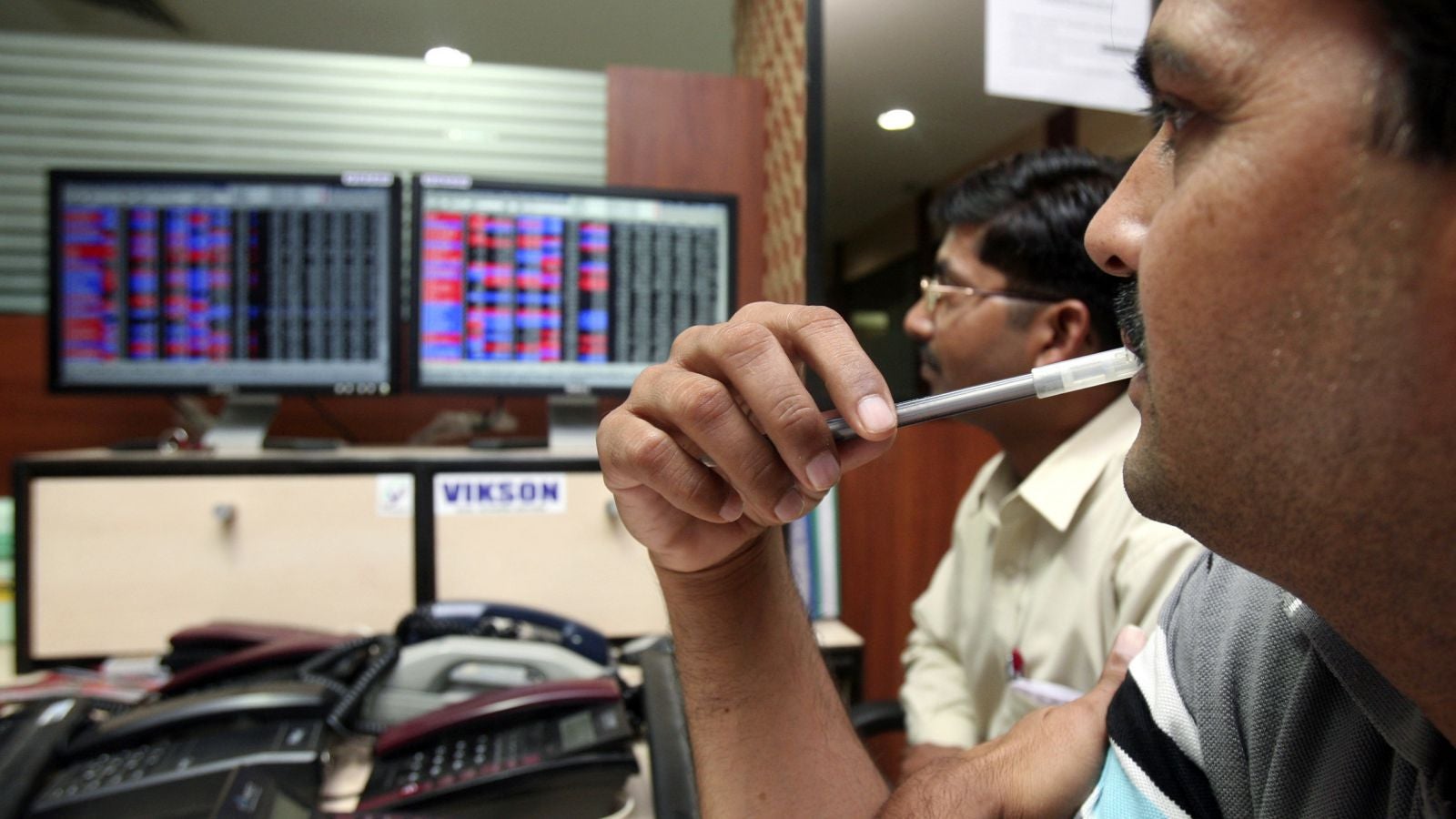Nothing seems to be going right for Indian banks—except stock prices
Indian lenders have been battered by bad loans, frauds, corporate governance issues, and a lot more. Yet, curiously, their stock prices do not reflect any of this chaos.


Indian lenders have been battered by bad loans, frauds, corporate governance issues, and a lot more. Yet, curiously, their stock prices do not reflect any of this chaos.
On May 07, ICICI Bank, the country’s second-largest private lender, reported a 50% fall in net profit, in the January to March 2018 quarter, compared to a year earlier. On May 08, its stock price was up over 7% as of 11:30 am on the BSE.
Last month, Axis Bank, the country’s third-largest private lender, reported a quarterly loss for the first time since getting listed on the exchanges in 1998. It posted a net loss of Rs2,188.74 crore ($325.4 million) for the three months ended March 2018, the highest quarterly loss by any private lender in India. The following day, its share price clocked the sharpest jump since 2013.
On April 26, YES Bank, another private lender, reported an increase in toxic loans in the fourth quarter of financial year 2018. The lender had been earlier pulled up by India’s central bank for under-reporting bad loans in previous years. Nonetheless, its share price increased by 8% on the day it declared its earnings.
What’s fuelling such rallies?
“Frankly, everyone is clueless. But the best possible explanation is that investors are hoping that the worst is over for the banks and the only way is up from here,” said Alpesh Mehta, analyst at Motilal Oswal, a domestic brokerage house.
Rock bottom
After reporting a massive loss, the Axis Bank management told media and analysts over a conference call that the crisis had abated. “I think the worst is behind us,”said Jairam Sridharan, CFO of Axis Bank, after the results on April 26.
This was not the first time Sridharan had said this.
“The worst in terms of fresh stress is behind us. There is no material increase in the stress pool and no new sectors added. The focus is now shifting to recognition and recovery,” Sridharan said in January this year, after the October-December quarter results.
Axis Bank is no exception; even other lenders have been humming the same tune for several quarters. However, investors have looked past the many failed assurances from the banks.
One of the reasons for this is that the market sees these big losses as a serious effort by banks to clean up their books. Analysts expect that a significant part of the stressed assets problem would be taken care of by financial year 2019, especially for private banks.
“The market is willing to look at it as temporary pain because once the bad loans are recognised and taken care of only then can the lenders focus on growth,” explained Siddharth Purohit, research analyst at SMC Institutional Equities, a domestic brokerage. “The market doesn’t like the element of unpredictability. The losses and the results have cleared out what the known devils are, and so there is no fear of the unknown, which makes the investor community more comfortable.”
Another factor that is helping the stocks rise is that the market had already priced in the worst for these banks.
“The investors in the futures & options (F&O) segment take their position accordingly and after the results they start squaring off their position. Volumes are large in F&O compared to the cash market and that helps in driving the prices,” said Asutosh Kumar Mishra, a banking analyst with Reliance Securities.
When traders take a position in the F&O market before the earnings are announced, they are essentially betting that the stock would either rise or fall by a certain amount. The stock is bought or sold when the desired move is achieved.
Troubled banks
India’s bad loan problem is among the worst in the world. Lenders have been saddled with gross non-performing assets (NPA) worth Rs8.41 lakh crore as of December 2017. If the stressed loans are included, the pile goes up to Rs9.5 lakh crore.
This number is rising as the banking regulator has come up with more stringent norms for the reporting of bad loans. However, the new rules are also expected to end the practice of ever-greening of loans, where banks give new loans to help firms repay their old dues.
Lenders have also been reporting high-value frauds at an increased pace. Since February this year, scams worth over $2 billion have been unearthed by the banks, adding to the woes of the already beleaguered sector.
Yet, the Nifty Bank, the index of India’s top bank stocks, is up 3% in the last one month. The profits of these banks do not justify the gains in the stocks. Only hope does.